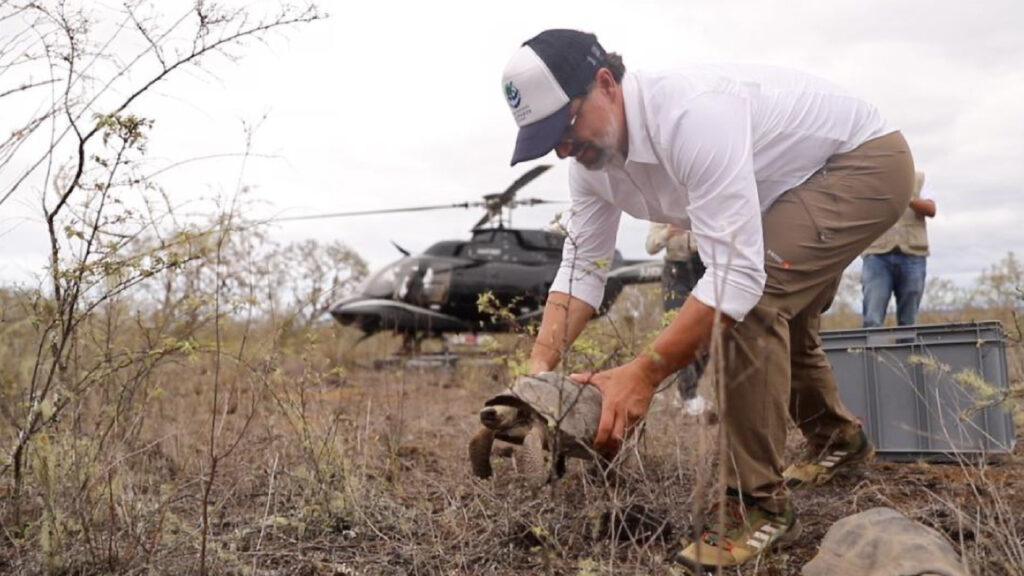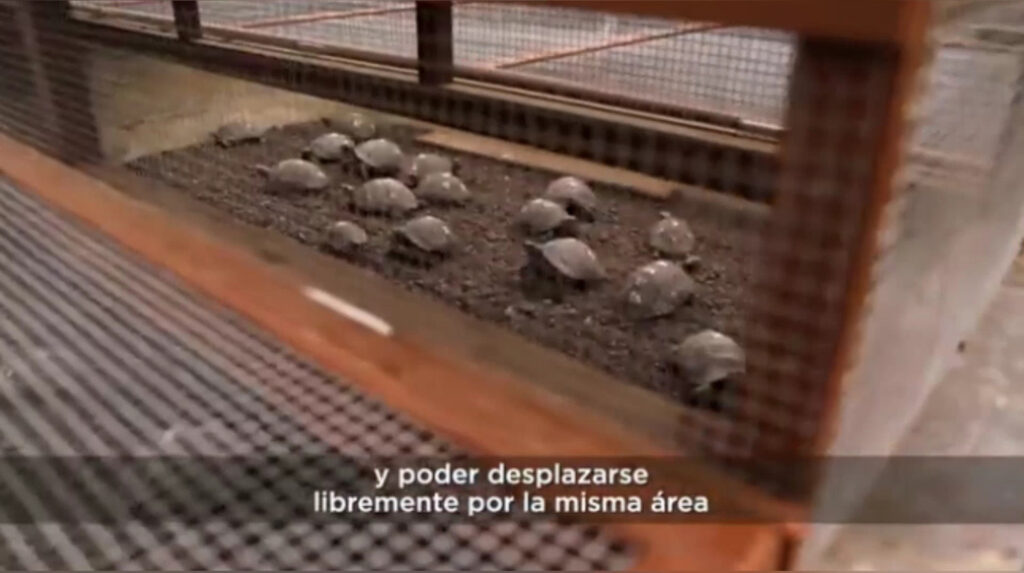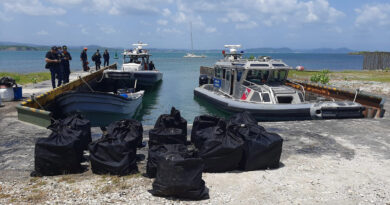43 Critically Endangered Giant Tortoises Return To Their Natural Habitat In Galapagos Islands
Forty-three critically endangered giant tortoises have been released in the Galapagos Islands after being bred in captivity for eight years.
The release of the critically endangered animals took place in the Galapagos Islands, which are located in the Pacific Ocean and belong to Ecuador, and which have been a UNESCO World Heritage site since 1978.
The group of 43 giant Chelonoidis guntheri, also known as Sierra Negra giant tortoises or Guenther’s giant tortoises, were raised in captivity for eight years and they have now been released into their natural habitat in an area of the Sierra Negra volcano, located on the south-eastern end of Isabela Island, the Ecuadorian Ministry of the Environment, Water and Ecological Transition said in a statement.

The tortoises, which were born and cared for in a breeding centre, returned to the wild as a result of efforts between the Galapagos National Park Directorate and the Galapagos Conservancy, a non-profit, non-governmental organisation for the restoration of giant tortoise populations across the Galapagos Islands.
The tortoises, aged between 5 and 7 years old, were isolated and analysed to ensure that they were in the best state of health before being allowed to return to the wild.
This species of tortoise is native to the eastern flank of the Pacific Ocean in the Galapagos Archipelago.

The ‘guentheri’ part of its name is in honour of the zoologist Albert Guenther, the first scientist to have documented the characteristics of a tortoise of this type on Pinta Island in 1877.
These tortoises measure about 1.2 metres long for males and up to 92 centimetres for females. They feed on plants that grow on small grasses, shrubs, cacti, algae and fruits.
The Chelonoidis guntheri is listed as critically endangered on the International Union for Conservation of Nature’s (IUCN’s) Red List of Endangered Species.



